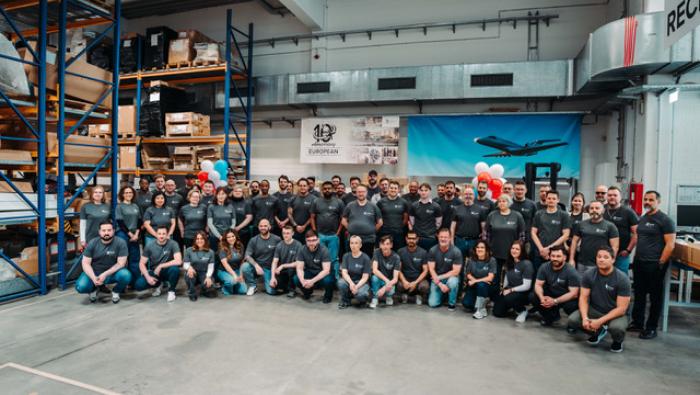Green Power Monitoring Systems (GPMS) says its low-cost, cloud-based Foresight Mx health and usage monitoring system (HUMS) is gaining traction in the light-helicopter market. The Vermont-based company recently provided the system for evaluation of Beta Technologies’ new Alia prototype and believes the technology will prove its worth with new-generation electric vertical takeoff and landing (eVTOL) aircraft.
In 2019, GPMS (Booth 824) received supplementary type certificates (STCs) allowing Foresight Mx to be used on Bell 407GX and 407GXP singles, and Bell now provides the system as standard equipment on the latest 407GXI model. According to GPMS founder and CEO Eric Bechhoefer, further STCs are anticipated this year, including for the Airbus Helicopters AS350 AStar.
The Foresight MX system provides mechanical diagnostics and prognostics, including engine performance monitoring, exceedance monitoring, flight regime recognition, automated data acquisition and optimization solutions for rotor, track, and balance. The data can be accessed via a web browser and users can get automated alerts via email or text message.
“We want to be able to provide better support not only for [aircraft] design engineers but also for maintainers and so it’s important to have a better connection with them,” Bechhoefer told AIN. “With HUMS you are doing a virtual aircraft inspection every time you acquire data.”
Building Foresight Mx around a cloud-based “internet of things” architecture, GPMS says, will make it easier to implement improvements to the technology. “A year from now, we may be adding new sensors we haven’t even thought of yet,” said Bechhoefer.
GPMS claims that for most applications, the upfront costs for Foresight MX will be less than half of those for legacy HUMS equipment developed for larger helicopters. It says that legacy systems cost between $200,000 and $300,000 per aircraft. The company is looking at providing the system via a subscription-based, software-as-service business model that would further reduce the upfront costs for users.
The largest item of Foresight Mx hardware is a small box (four inches by one inch by seven inches) that weighs less than a pound. For a recent trial installation on a Bell 206 helicopter, the company was able to fit this outside the cabin.
According to Bechhoefer, a low-cost, lightweight, and flexible HUMS solution could be especially valuable to eVTOL aircraft, which will likely have to perform many movements each day to earn their keep. In the context of high-volume urban air mobility operations, he argued, aircraft reliability will be especially important, and this is where the trend-monitoring capability of HUMS could prove especially valuable.







